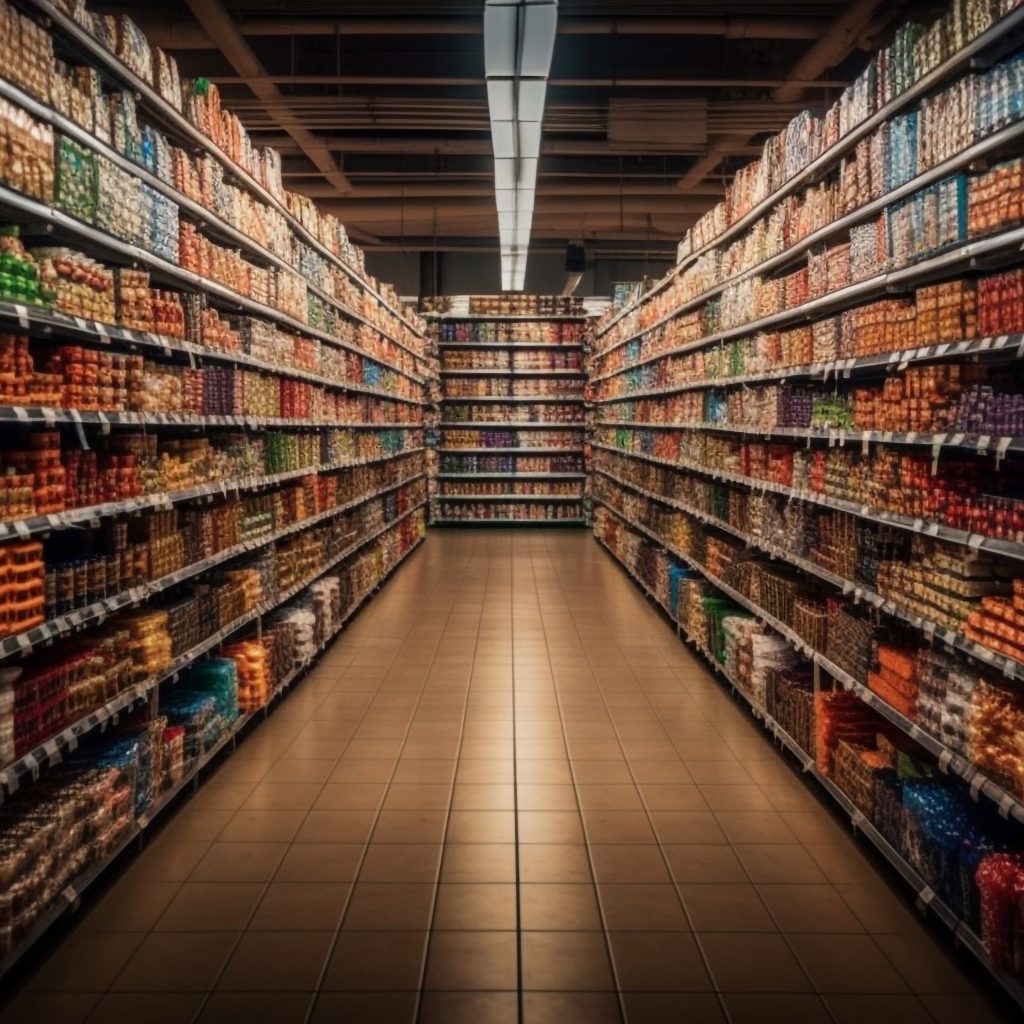
Optimizing the Access and Security Control System of Retail and Consumer Stores
In today’s dynamic retail environment, ensuring the security of assets and the safety of customers has become paramount. The access and security control system of retail and consumer stores plays a critical role in achieving these goals. This comprehensive guide delves into the essential components, benefits, and strategies for implementing an effective security system in retail settings.
Introduction
Retail and consumer stores face unique challenges regarding security and access control. With high foot traffic, valuable merchandise, and numerous entry points, maintaining a secure environment is essential. Modern security solutions are designed to address these complexities, providing retailers with tools to protect their assets, ensure customer safety, and enhance the overall shopping experience.
Access and Security Control System of Retail and Consumer Stores
The access and security control system of retail and consumer stores is a multi-faceted approach that combines technology, strategy, and human intervention. By understanding the importance of these systems and implementing best practices, retailers can protect their assets, ensure customer safety, and improve operational efficiency.
The Importance of an Access and Security Control System
An efficient access and security control system is indispensable for any retail business. It serves multiple purposes:
- Preventing Theft: A robust security system deters shoplifters and internal theft, protecting valuable inventory.
- Enhancing Customer Safety: Ensuring a safe shopping environment builds trust and improves customer satisfaction.
- Managing Employee Access: Controlling who can access different areas of the store helps prevent unauthorized entry and internal theft.
- Monitoring Activity: Surveillance systems help in monitoring customer and employee behavior, providing valuable insights for improving store operations.
Components of a Retail Security System
Surveillance Cameras
Surveillance cameras are the backbone of any retail security system. They provide real-time monitoring and recording of store activities, helping deter theft and provide evidence if a crime occurs.
Access Control Systems
These systems regulate who can enter certain areas of the store. Technologies such as key cards, biometric scanners, and PIN codes are commonly used to manage access.
Alarm Systems
Alarm systems are essential for detecting unauthorized entry. They can be linked to doors, windows, and display cases, triggering alerts in case of a breach.
Inventory Management Systems
These systems help track inventory levels and movements. Integrated with RFID tags and barcodes, they can alert staff to potential theft or inventory discrepancies.
Employee Identification and Monitoring
ID badges and tracking systems help manage and monitor employee movements within the store, ensuring that only authorized personnel access sensitive areas.
Implementing an Effective Security Strategy
Conducting a Risk Assessment
Before implementing a security system, conducting a thorough risk assessment is crucial. Identify vulnerable areas, potential threats, and specific needs of your store to tailor the security system accordingly.
Selecting the Right Technology
Choose security technologies that align with your store’s requirements. Consider factors such as store size, layout, and the nature of the merchandise when selecting cameras, alarm systems, and access control solutions.
Integrating Systems for Comprehensive Coverage
Integrating various security systems ensures comprehensive coverage and efficient monitoring. For example, linking surveillance cameras with alarm systems can provide real-time alerts and visual verification of security breaches.
Training Staff
Proper training ensures that employees are familiar with the security protocols and know how to respond in case of an emergency. Regular training sessions and drills can improve preparedness and response times.
Regular Maintenance and Upgrades
Regular maintenance of security equipment ensures that all systems function correctly. Stay updated with the latest security technologies and upgrade systems periodically to address evolving security threats.
Enhancing Customer Experience Through Security
Creating a Safe Shopping Environment
Visible security measures reassure customers that their safety is a priority. This enhances their shopping experience and encourages repeat visits.
Reducing Checkout Time
Security systems integrated with POS systems can reduce checkout times by quickly verifying transactions and detecting potential fraud.
Personalizing Customer Interactions
Advanced security systems can help gather customer data, allowing retailers to personalize interactions and improve customer service.
Challenges in Implementing Retail Security Systems
Balancing Security and Customer Privacy
Implementing robust security measures must be balanced with respecting customer privacy. Clear communication about security policies and the purpose of data collection can help mitigate privacy concerns.
Managing Costs
While investing in advanced security systems is essential, managing costs is a challenge. Retailers must prioritize investments based on risk assessments and potential ROI.
Keeping Up with Technological Advances
The rapid pace of technological advancements in security requires retailers to stay informed and continually update their systems to stay ahead of threats.
Future Trends in Retail Security
The Rise of IoT in Security
The Internet of Things (IoT) is revolutionizing retail security by enabling interconnected devices that provide real-time data and enhanced control over security systems.
Cybersecurity Integration
With the increasing digitization of retail operations, integrating cybersecurity measures to protect against data breaches and cyber-attacks is becoming crucial.
Enhanced Customer Analytics
Security systems are increasingly being used to gather customer data and provide insights into shopping behavior, helping retailers improve their marketing and sales strategies.

The access and security control system of retail and consumer stores is an essential component of modern retail management. By leveraging advanced technologies, implementing effective strategies, and fostering a security-conscious culture, retailers can safeguard their assets, ensure customer safety, and enhance the overall shopping experience. Investing in a robust security system is not just about preventing theft; it’s about creating a secure, welcoming environment that fosters trust and encourages business growth.





































































